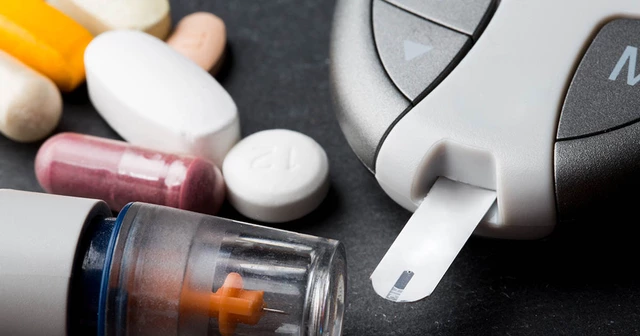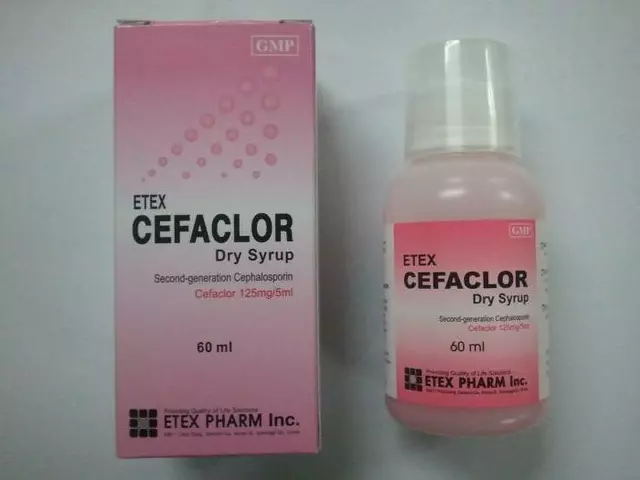Oxymetazoline Hydrochloride: Fast Relief, Smart Use
Oxymetazoline hydrochloride can clear a blocked nose in minutes—but used too often it makes congestion worse. If you want quick facts, safe dosing, and what to watch for, this page gives practical, no-nonsense guidance.
What it is: Oxymetazoline is a topical nasal decongestant found in many over‑the‑counter sprays. It works by narrowing blood vessels in the nose, which reduces swelling and opens airflow. Common brand names include Afrin and other store-brand sprays.
When to use it: Reach for oxymetazoline when you have sudden, bad nasal congestion from a cold, sinusitis, or allergies and need fast relief. It’s not a daily controller for chronic rhinitis or long-term allergy management. For ongoing symptoms, talk with a doctor about steroid nasal sprays or allergy treatments.
How to use it safely
Use the lowest effective dose. Most products recommend one or two sprays per nostril every 10 to 12 hours, and usually no more than twice in 24 hours. Do not use oxymetazoline for more than three consecutive days—longer use causes rebound congestion (rhinitis medicamentosa), where your nose gets worse when the drug wears off.
Before spraying, gently blow your nose. Tilt your head forward slightly, close one nostril, and aim the nozzle toward the outer wall of the nostril—not the septum—to reduce irritation. Breathe gently as you spray, then wait a few seconds before repeating on the other side.
Side effects and risks
Brief side effects include a burning or stinging feeling, dryness, and sneezing. More serious issues are rare but can happen: high blood pressure, fast heart rate, or worsening congestion if overused. If you have heart disease, uncontrolled high blood pressure, or are on MAOI antidepressants, check with your doctor first.
Special populations: Children and pregnant or breastfeeding people should use oxymetazoline only under medical advice. Pediatric dosing varies by age and product; follow package directions strictly. If a child has persistent congestion, see a pediatrician rather than extending nasal spray use.
Alternatives and combos: For long-term allergy relief, steroid nasal sprays (fluticasone, budesonide) are safer. Saline sprays or rinses help clear mucus without drugs and can be used frequently. Some people use oxymetazoline short-term to get immediate relief and then switch to a steroid spray for ongoing control—ask your clinician about timing to avoid interactions.
When to see a doctor: If congestion lasts more than 10 days, is accompanied by high fever, facial pain, green discharge, or if you keep needing oxymetazoline more than a few days, see a doctor. Rebound congestion can be stubborn; a physician can recommend a taper plan or an alternative treatment.
Quick tips: stick to three days max, follow the package dose, avoid mixing with similar decongestants, and talk to your doctor if you have heart issues or take interacting medications. Used correctly, oxymetazoline gives fast, reliable relief. Used incorrectly, it creates a bigger problem than the original stuffy nose.
If you’re unsure, save the spray for flare-ups and ask a pharmacist or doctor for quick personalized advice today.

Oxymetazoline Hydrochloride: How It Improves Dental Procedures
Oxymetazoline hydrochloride isn't just for stuffy noses—dentists rely on it to control bleeding and make procedures smoother. This article explains why oxymetazoline hydrochloride is popping up in dental clinics, how it helps with anesthesia, and top tips for safe use. Curious about the science behind it or if it could make your next dental visit easier? Here’s everything you need to know.
Detail




